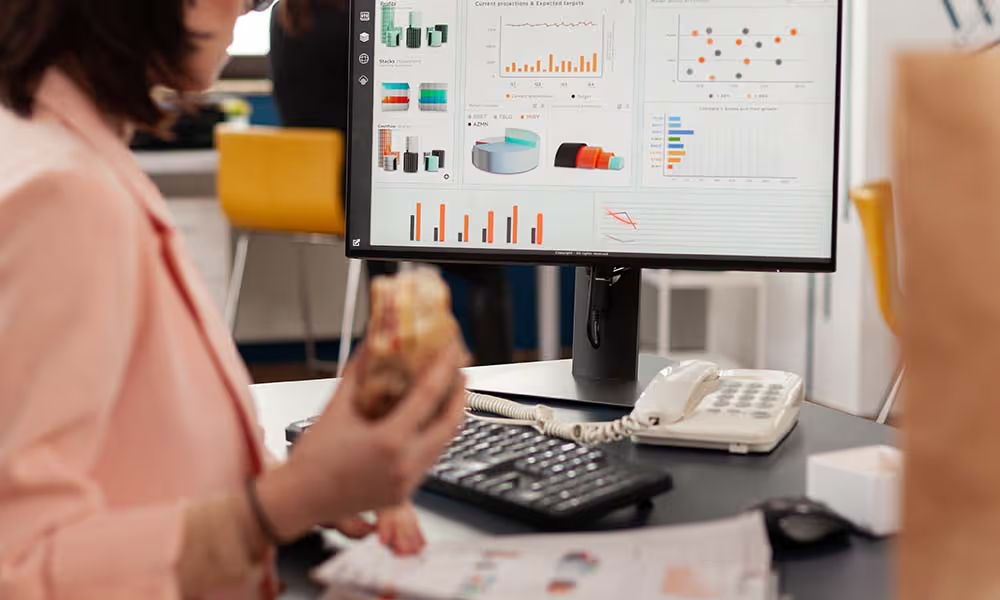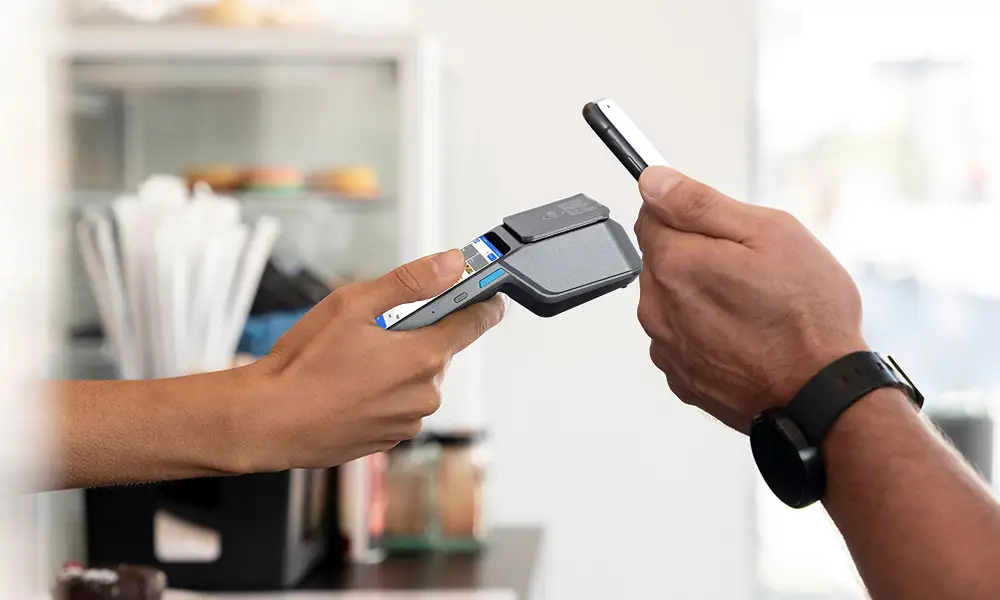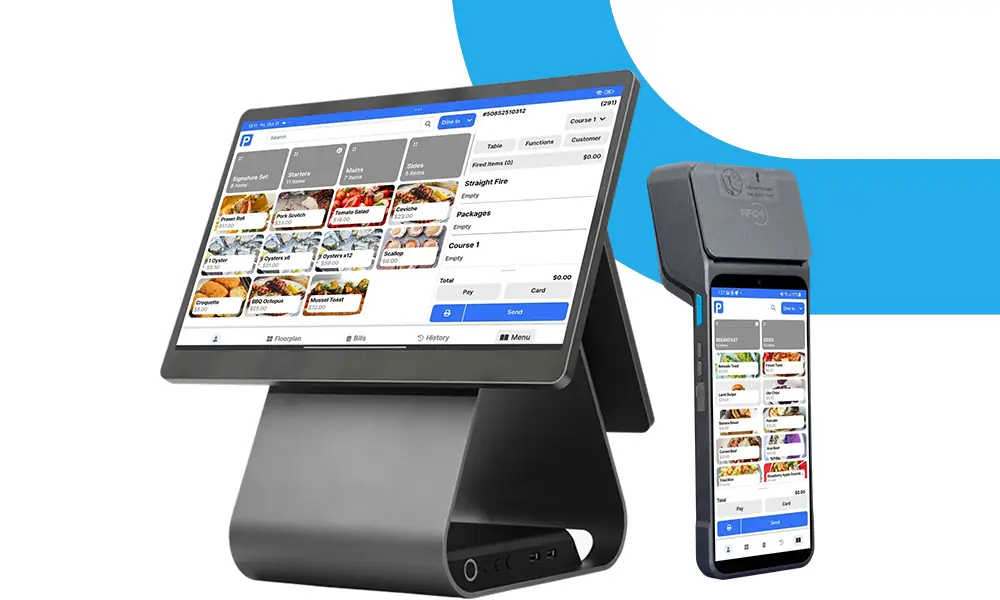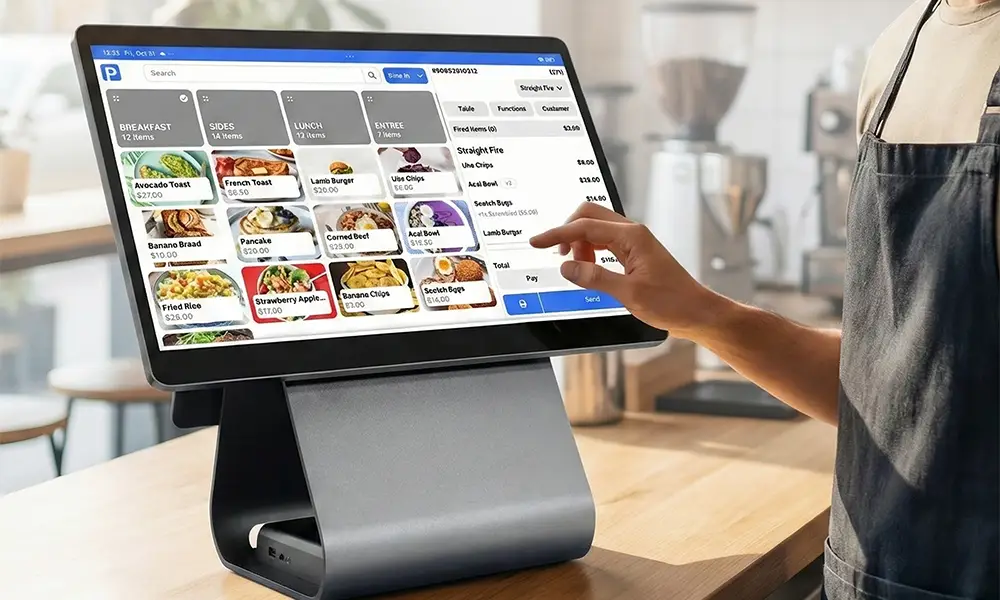Are you making the most of your POS data?
Ever wondered if you’re really using all that data collected by your POS system? For many business owners, POS analytics feels like a missed opportunity. With every transaction, your POS system captures valuable information—sales trends, customer preferences, peak shopping hours, and more.
But here’s the challenge: without digging into this data, it’s easy to miss the story it’s telling.
So, how can you turn POS data into a tool for better decision-making? POS analytics isn’t just about looking at numbers; it’s about understanding what those numbers mean for your business.
With the right approach, you can use POS data to make informed choices, improve operations, and even drive higher profits. Let’s dive into how you can use POS analytics to take your business insights to the next level.
1. What is POS Analytics?
POS analytics involves analysing the data collected by your point-of-sale system. Every time a sale happens, your POS gathers information—about what’s selling, when it’s selling, who’s buying, and even how they’re paying.
By diving into this data, you can identify patterns, track performance, and find opportunities to improve.
Key Elements of POS Analytics
POS analytics includes several components, such as:
- Sales Data: Insights into what products are selling and at what price.
- Customer Behaviour: Understanding who’s buying what, when, and how often.
- Inventory Management: Tracking stock levels, reorder points, and stock turnover rates.
- Employee Performance: Measuring productivity and effectiveness of individual team members.
- Peak Times and Trends: Identifying when your store is busiest and what products are in demand.
From understanding your bestsellers to optimising staffing, POS analytics gives you the information you need to make proactive, data-driven decisions.
2. Why POS Analytics is Essential for Business Growth
POS analytics is more than a nice-to-have; it’s essential for businesses that want to grow. By tapping into the insights your POS data provides, you can make better, faster decisions that drive growth.
Here’s why POS analytics is crucial:
1. Informed Decision Making
When you’re backed by data, your decisions are more likely to hit the mark. POS analytics lets you move beyond guesswork, offering hard facts about what works and what doesn’t.
2. Better Inventory Management
No one wants to run out of a best-selling item or have shelves full of slow-moving stock. POS analytics shows you exactly how fast products sell, helping you keep stock levels just right.
3. Enhanced Customer Experience
With insights into customer behaviour, you can tailor your offerings to meet their needs. For instance, knowing when your store is busiest helps you adjust staffing levels, while understanding which items are customer favourites allows you to create targeted promotions.
4. Improved Employee Performance
POS analytics doesn’t just track products—it can also measure staff performance. This data is invaluable for identifying top performers and those who may need more support.
5. Sales and Revenue Optimisation
POS analytics helps you identify peak sales periods, best-selling items, and other revenue drivers. By understanding these trends, you can time promotions, adjust prices, and maximise profits.
For businesses looking to stay competitive, POS analytics isn’t just helpful—it’s essential.
3. Types of POS Analytics Every Business Should Use
When it comes to using POS data, some analytics are more valuable than others. Here are the top types of POS analytics you should be using:
1. Sales and Revenue Analytics
This is your go-to data for understanding overall sales performance. Sales analytics can show:
- Top Products and Services: Identify your bestsellers and less popular items.
- Sales per Time Period: Track sales by day, week, or month to spot trends.
- Average Transaction Value: Gauge how much customers spend per visit, helping you set realistic targets.
2. Customer Analytics
Customer data is key to delivering a more personalised experience. Look at:
- Customer Profiles: Build profiles based on buying history and preferences.
- Loyalty Program Tracking: Measure how well your loyalty program is working.
- Customer Retention Rates: Understand how often customers return to your business.
3. Inventory Analytics
Keep your stock levels balanced and avoid costly overstocking or stockouts. Inventory analytics includes:
- Stock Turnover: How quickly products sell through and need reordering.
- Shrinkage Tracking: Track inventory loss to prevent theft or damage.
- Low-Stock Alerts: Stay informed when popular items are running low.
4. Employee Analytics
Measure staff productivity and optimise scheduling. Employee analytics allows you to:
- Track Sales Per Employee: Identify top performers.
- Measure Transaction Speed: Keep tabs on checkout speed.
- Attendance and Schedule Adherence: Ensure staffing levels meet customer demand.
5. Time-Based Analytics
Identify peak hours, seasonal trends, and demand patterns. Knowing when sales are highest helps you prepare for busy periods, staff accordingly, and avoid downtime.
Using these types of POS analytics together creates a holistic view of your business, making it easier to optimise every aspect of your operations.
4. How to Get Started with POS Analytics
Implementing POS analytics might seem daunting, but with the right approach, you’ll be on your way to gathering valuable insights in no time.
Here’s how to get started:
Step 1: Define Your Goals
Before diving into data, clarify what you want to achieve. Are you trying to improve customer retention? Reduce inventory costs? Increase average transaction value? Knowing your goals will help you focus on the right data.
Step 2: Choose the Right Metrics
Select metrics that align with your goals. For instance:
- Sales Growth for tracking overall business performance.
- Inventory Turnover to manage stock levels.
- Customer Retention Rate to measure loyalty program success.
Step 3: Use a Data-Driven POS System
Not all POS systems offer robust analytics, so ensure yours does. Look for a POS that includes reporting and analysis features, or consider upgrading if your current system doesn’t meet your needs.
Step 4: Schedule Regular Data Reviews
Analytics is only helpful if you review it regularly. Set a schedule—whether weekly or monthly—to review your POS data and adjust your strategy as needed.
Step 5: Take Action Based on Insights
Data on its own isn’t helpful unless you act on it. Use your POS analytics to make real changes in your business, whether it’s adjusting stock levels, changing store hours, or launching targeted promotions.
By following these steps, you’ll turn your POS data into a powerful tool for growth and efficiency.
5. Benefits of Using POS Analytics for Better Decision Making
Still, wondering if POS analytics is worth the effort? Here’s a look at how using data-driven insights can transform your business:
Increased Efficiency
By knowing exactly what sells and when you can optimise stock levels, schedule staff more effectively, and reduce waste—saving time and money.
Enhanced Customer Satisfaction
With a clearer understanding of customer needs and preferences, you can offer personalised experiences, whether through product recommendations or loyalty rewards.
Improved Profit Margins
By identifying best-selling products, slow-moving stock, and peak hours, you can make adjustments to boost revenue and minimise losses.
Faster Decision Making
With real-time data, you can make quick, informed decisions rather than relying on instinct. Whether you’re launching a promotion or adjusting prices, POS analytics helps you act faster.
Competitive Advantage
Staying competitive means understanding your market better than anyone else. POS analytics gives you that insight, allowing you to make smarter, more strategic decisions.
From streamlining operations to enhancing customer loyalty, the benefits of POS analytics are clear for any business looking to grow and improve.
In Summary: Time to Leverage POS Analytics for Smarter Business Decisions
POS analytics isn’t just a buzzword; it’s a powerful way to turn raw data into valuable insights that drive smarter decisions. By using POS analytics to monitor sales trends, customer behaviour, and inventory levels, you’re setting up your business for sustainable growth.
If you’re ready to get more from your POS data, book a free demo to see how advanced analytics can transform your operations. Get started here!
FAQs About POS Analytics
1. What types of businesses benefit from POS analytics?
POS analytics is useful across various industries, including retail, hospitality, and services. Any business that relies on sales, inventory management, or customer loyalty can benefit from POS data insights.
2. How often should I review my POS analytics?
It depends on your business size and goals, but many businesses review key analytics weekly or monthly. Regular reviews help you respond quickly to trends and changes.
3. Do all POS systems offer analytics?
No, not all POS systems provide analytics. It’s essential to choose a POS with robust data analysis features, especially if you want to use the insights for decision-making.
4. Can POS analytics help with staffing decisions?
Yes, POS analytics can track employee performance and peak sales times, helping you optimise staffing and improve service efficiency.
5. Is POS analytics secure?
Most modern POS systems ensure data security with features like encryption and user access controls, so your business and customer information remains protected.


%201.svg)
%201.svg)





.png)
.png)
